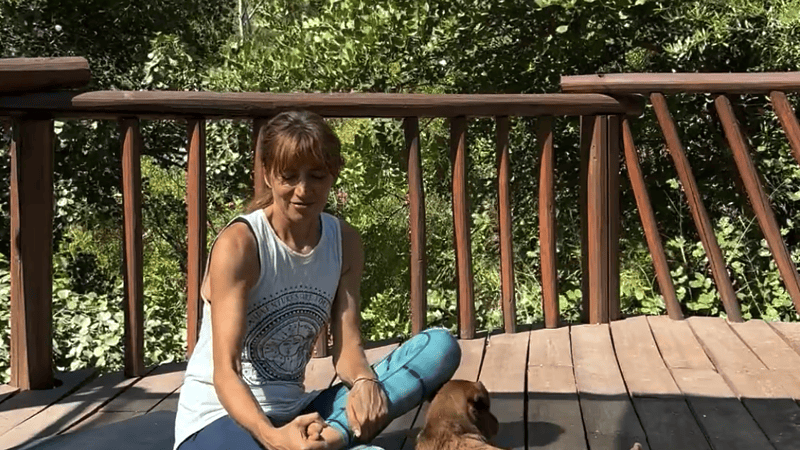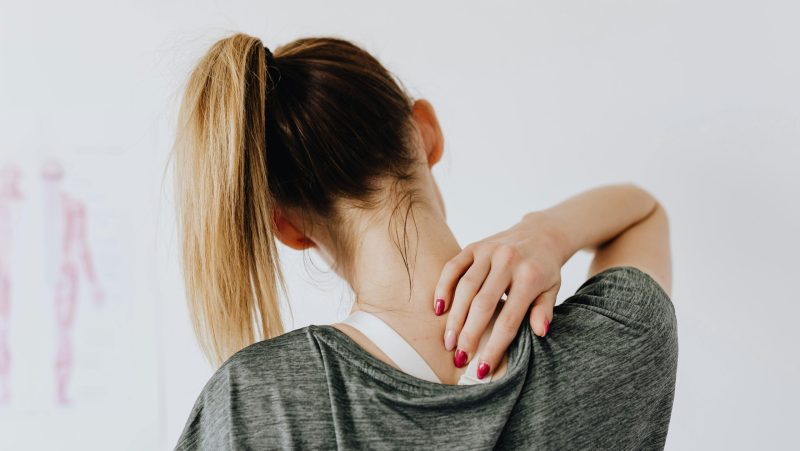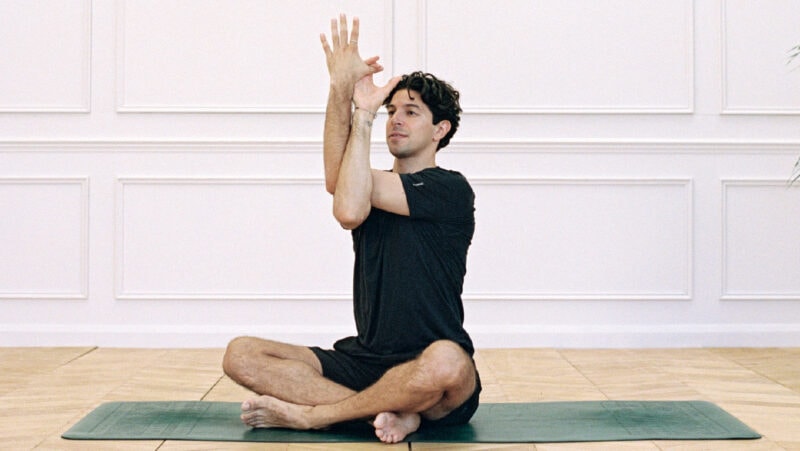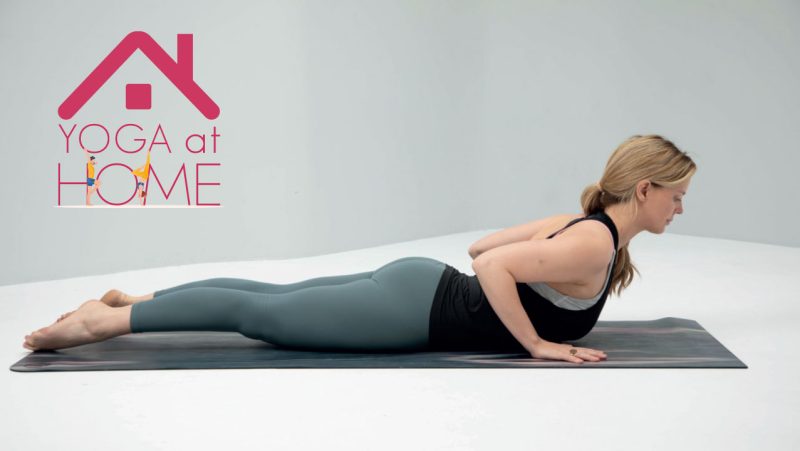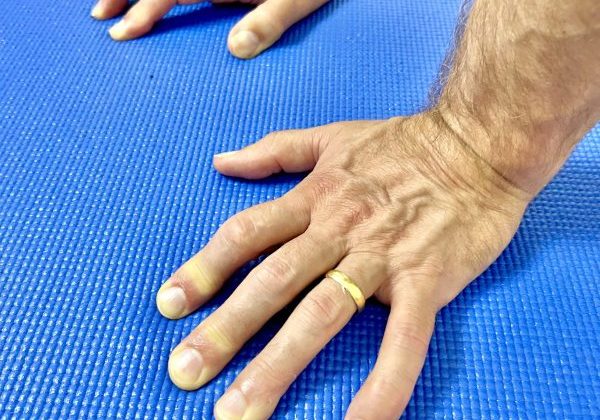
Hasta Bandha: Your Hands as Foundation
Your hands do far more in yoga than simply touch the mat. In weight-bearing poses, your palms become the foundation of your entire posture—and this is where hasta bandha becomes essential.
Reading time: 4 minutes
Hasta bandha, Sanskrit for "hand lock," is the active engagement of your hand and forearm muscles to create a subtle lift in the centre of your palm. This becomes crucial in poses like Downward Dog, Plank, and arm balances, where your hands support a significant portion of your body weight.
Why Your Wrists Need This
The wrist joint isn't designed to repeatedly bear heavy loads on its own. When fingers and palms remain passive, force gets dumped directly into the wrist and base of the hand, causing compression, discomfort, and potentially long-term strain.
Hasta bandha changes this by distributing weight evenly across your entire hand. It protects the wrist joint, activates supportive muscles throughout your hand and forearm, and creates a more stable base in every pose. Essentially, it transforms your hands from passive contact points into intelligent, active supports.
How to Practice Hasta Bandha
(Everyone is different so try the following ideas and play about with the positioning so that it feels comfortable for you)
- Create Your Base - Spread your fingers wide for stability and strength.
- Press Down to Lift Up - Firmly press the base of your index finger, base of your thumb, outer edge of your little finger side, and all fingertips into the mat. Focus especially on the connection between thumb and index finger.
- Find the Lift- Engage the arch of your palm by imagining it gently lifting away from the mat—like creating a small dome. This activates your forearm muscles and creates lightness in the hand.
- Distribute the Weight - Avoid collapsing weight into the heel of your palm. Keep a micro-bend in your elbows to prevent hyperextension.
The Energy Connection
In yogic philosophy, hands are extensions of the heart chakra. When activated mindfully, hasta bandha helps redirect prana (energy) upward from the palms through the arms, bringing awareness and energetic balance to your upper body.
It also creates grounding—like roots connecting you to earth while building upward lift. This becomes especially helpful in arm balances, where you need both stability and lightness.
The Physical Benefits
- Muscular Activation - Hasta bandha engages the small muscles in your hands (lumbricals and interossei) to lift your palm's arch. Your forearm muscles activate to stabilise your wrists, creating a chain reaction that awakens shoulder stabilizers like the serratus anterior and rotator cuff. This integrated engagement protects your joints and prevents you from sinking into wrists and shoulders.
- Joint Protection - Proper activation distributes body weight evenly across wrist and hand bones, reducing pressure on the wrist joint and preventing injury. It also prevents wrist hyperextension by engaging surrounding muscles.
- Enhanced Body Awareness - Hasta bandha improves proprioception—your body's sense of position in space. This enhanced feedback helps refine balance, especially in challenging poses like Crow or Handstand.
- Better Shoulder Integration - A stable hand creates better shoulder blade movement, encourages external rotation of the upper arms, and helps draw shoulders away from ears, creating space and preventing tension.
Important Considerations
Hasta bandha builds strength and stability, but may not be suitable for everyone. Exercise caution if you have:
- Carpal tunnel syndrome or shoulder injuries
- Wrist pain, inflammation, or history of fractures
- Arthritis in hands, wrists, or shoulders
Start gently and avoid prolonged weight-bearing until strength develops. Consult a medical professional if you have concerns about your specific condition.
Finding Your Foundation
Hasta bandha might seem like a small detail, but it plays a powerful role in protecting joints, enhancing alignment, and deepening your mind-body connection. It's the difference between forcing your way through poses and finding intelligent support from the ground up.
Next time you're on your mat, pause and feel your palms. Let your practice begin from this foundation—rooted, aware, and alive.


